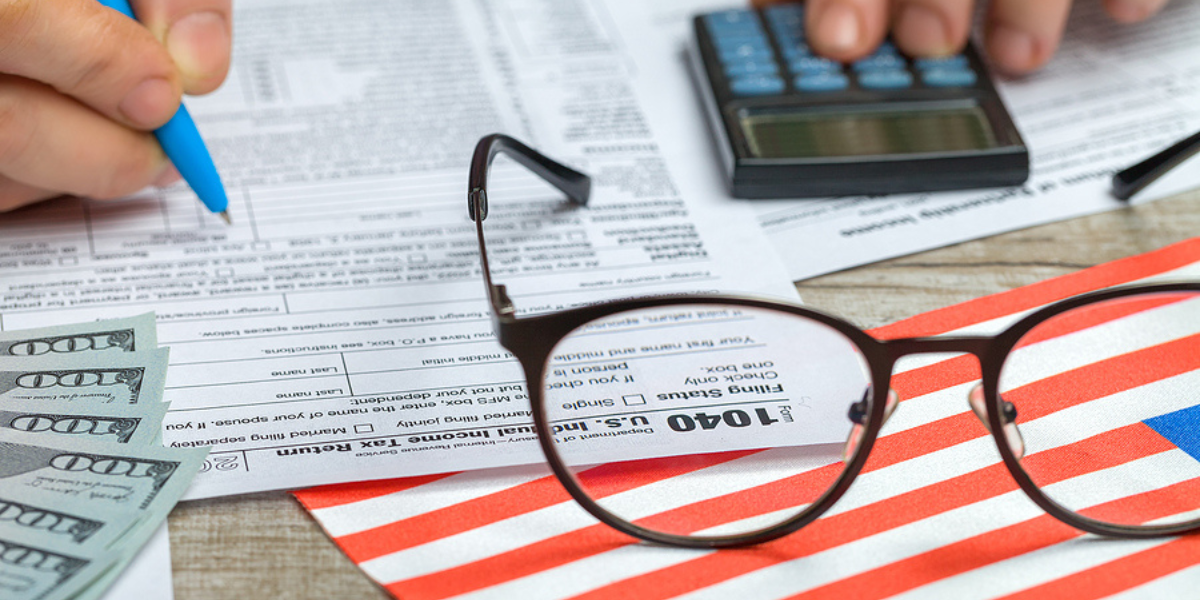With long-term capital gains tax rates changing over the past few years, you may be wondering how to calculate your rate. Along with the rates periodically changing, as of 2013 there is a new tax that could apply to your long-term capital assets: the net investment income (NII) tax.
First, let’s look at what is classified as a long-term capital asset. Capital assets include assets held for personal or investment purposes such as a home, household furnishings, stocks, and bonds. To be considered long-term an asset must be held for a year or more.
When capital assets are sold, the difference between a taxpayer’s basis (what was paid for the asset), and the selling price is their capital gain/loss. Once you determine your ordinary tax rate based on your individual income tax bracket, use the chart below to find out the rate of tax on long-term capital gains.
| Ordinary Tax Rate | Long-Term Capital Gains Rate | Long-Term Capital Gains Rate including Net Investment Income Tax (If applicable) |
| 10% | 0% | 0% |
| 15% | 0% | 0% |
| 25% | 15% | 18.8% |
| 28% | 15% | 18.8% |
| 33% | 15% | 18.8% |
| 35% | 15% | 18.8% |
| 39.6% | 20% | 23.8% |
The NII tax, sometimes referred to as the 3.8% tax or the Medicare surtax for high-income earners, is an additional tax on NII above the long-term capital-gain rates. It applies to an individual’s income from passive investments. Examples of passive investments include stocks, bonds, mutual funds, and business interests. If a taxpayer actively participates in a business venture, related income is NOT subject to the NII tax. Not all passive income is subject to the NII tax. In order to be subject to this tax, a taxpayer’s adjusted gross income has to exceed the following thresholds:
| Filing Status | Threshold Amount |
| Married Filing Jointly | $250,000 |
| Married Filing Separately | $125,000 |
| Single | $200,000 |
| Head of Household | $200,000 |
| Qualifying Widow(er) | $250,000 |
Determining the tax rate that applies to long term capital gains can be difficult, but in many circumstances exposure to 20% capital gains taxes and the 3.8% NII tax can be mitigated through proper planning. Please contact an Anders advisor to discuss these concepts in more detail.






